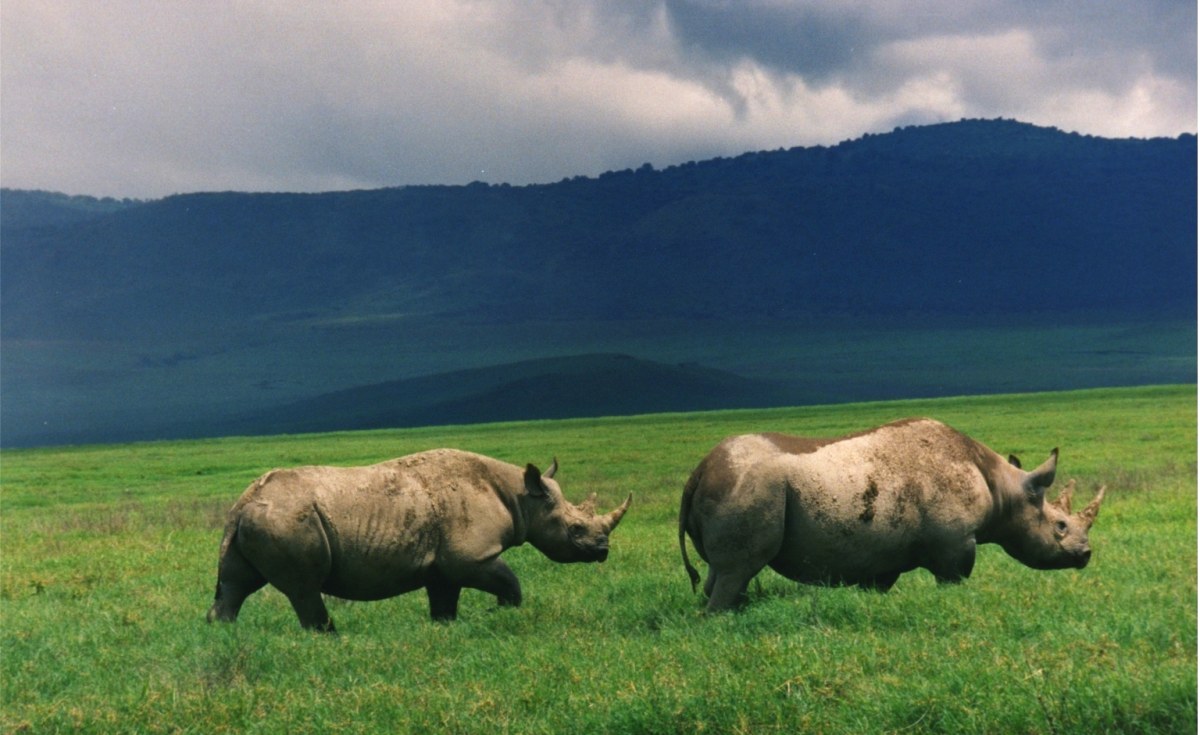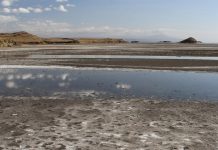Author: EDWARD QORRO
AfricaPress-Tanzania: THE Ngorongoro Conservation Area Authority (NCAA) has said that invasive species that were flourishing inside the 8,292 square kilometers was detrimental to the survival of livestock and wildlife in the area.
Briefing the Arusha Regional Commissioner (RC) Mr Iddi Hassan Kimanta on the former’s official visit to the authority, NCAA Conservation Commissioner Dr Freddy Manongi said they were now coping with Parthenium hysterophorus, a species of flowering plant in the aster family, and Gutenbergia Cordifolia, an unpalatable invasive plant, posing serious threat to the survival of the flora and fauna of the area which is also a global Man-Biosphere Reserve.
“Invasive species caused by ecological imbalances have become a hard nut to crack in our operations as they continue to flourish here,” observed Dr Manongi at the weekend.
The NCAA Conservation Commissioner warned that the fast spread of the killer weeds could hamper wildebeest crossing over to Ndutu during the ongoing annual spectacle.
Also known as the carrot top and white top weed, Parthenium hysterophorus is now finding its way into national parks and has left behind a trail of skin disorders, severe health implications and posing greater risk to food security.
Researchers are also worried that killer weed, by reducing the biodiversity of grazing land, will decrease the ability of the land to support livestock and wild animals that depend on native grasses for grazing.
The invasive weed is said to have originated from Mexico before spreading to central and Southern America.
Studies also show that the killer plant arrived in Ethiopia in the 1980’s, and despite the best efforts of scientists throughout East Africa, it still spread to Somalia and Kenya.
At least 40 per cent of the Ngorongoro crater has been affected by Gutenbergia Cordifolia, which can result in both allergies and toxicity to animals, much to the worry of wildlife experts.
The invasive weed is said to be a serious threat which is suppressing the growth of other plants mostly preferred by herbivores in the area.
The NCAA has in the recent past reported a total of 139 exotic invasive plants including Acacia mearnsii, Datira stramonium, Lantana camara, Leucaena leucocephala, Lonicera japonica and Tagetes minuta.
In his rejoinder, the Arusha regional commissioner commended the authority for striving to strike the right balance between conservation of peoples’ livelihoods.
He urged NCAA staff to promote mutual respect among each other with a view of realising its vision of a self-financed World Heritage Site that provides sustainable benefits for indigenous residents, Tanzanians and guarantees protection of natural, cultural and archaeological resources for the global community.







